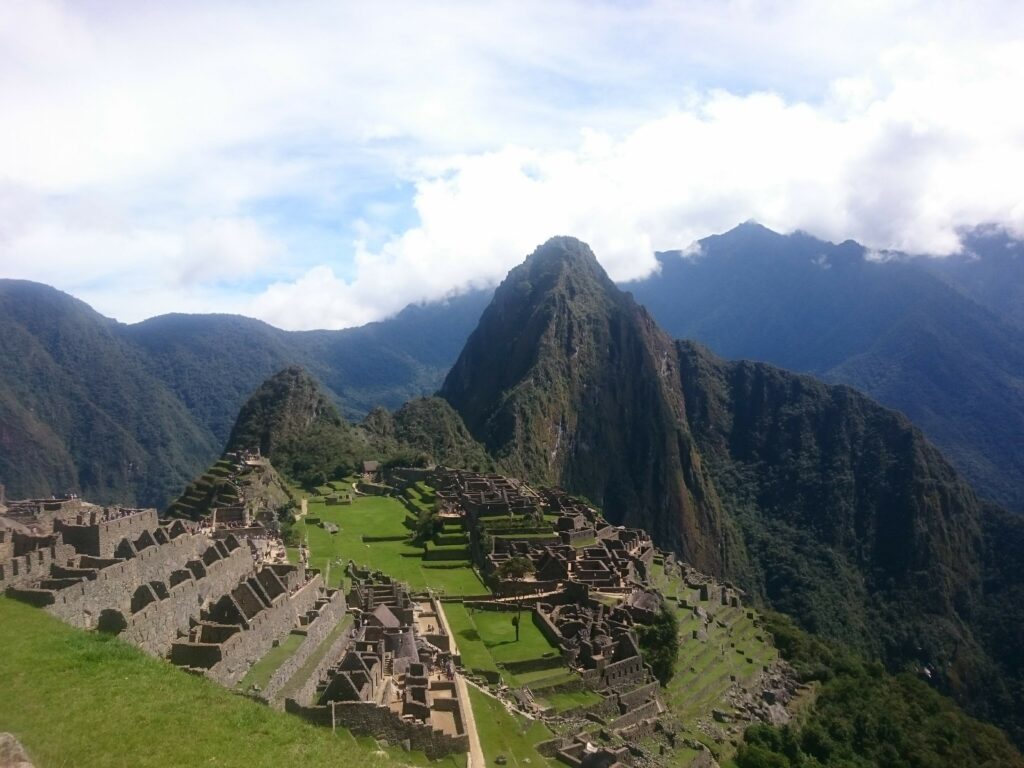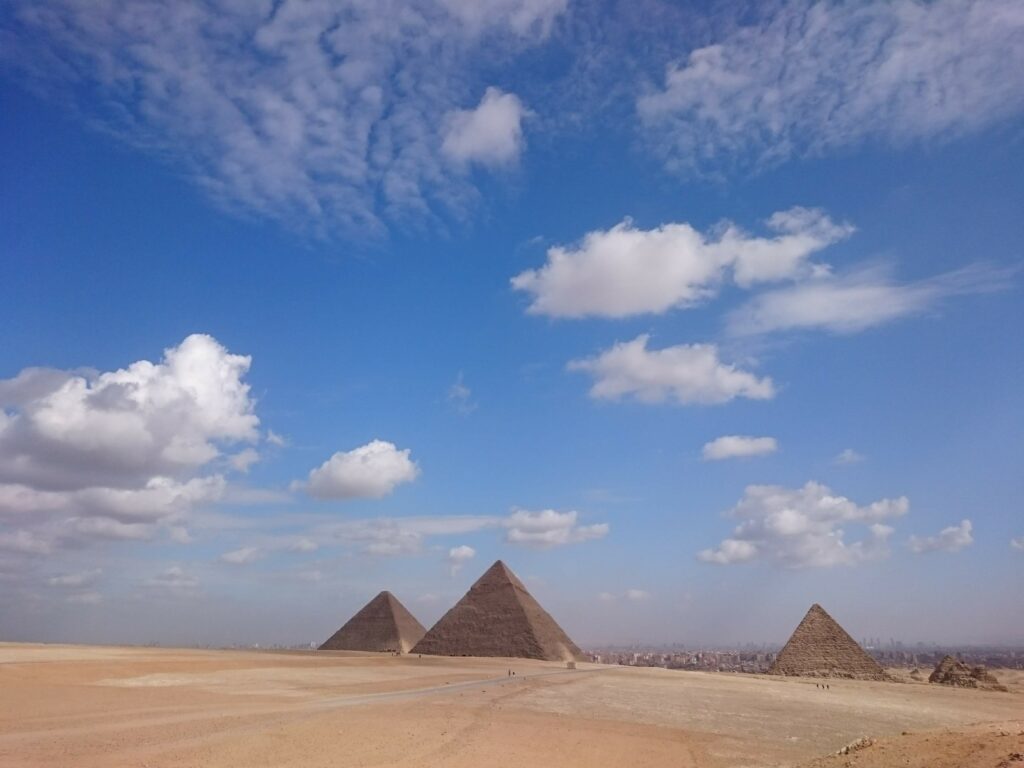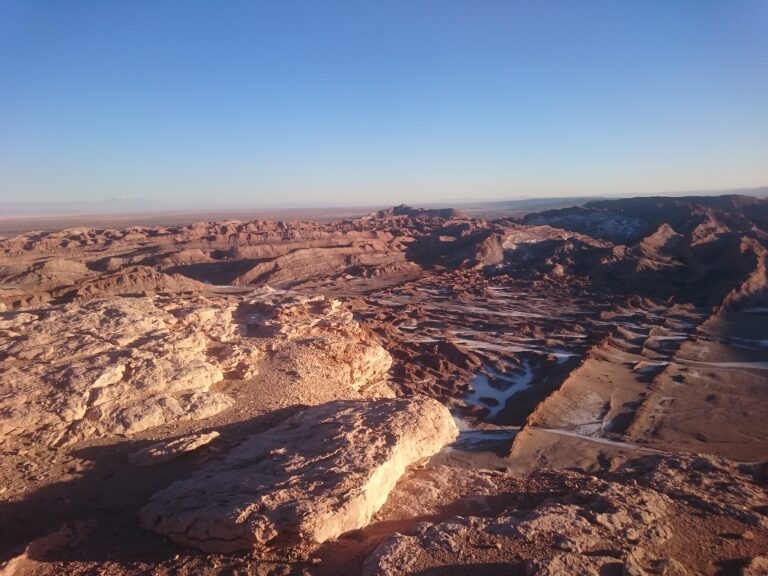
The Atacama Desert, often referred to as the driest place on Earth, is a mesmerizing destination filled with surreal landscapes, rich history, and unique geological wonders. During my recent trip, I had the opportunity to explore San Pedro de Atacama, a charming town that serves as the gateway to this extraordinary desert. From its historic church to the fascinating Atacama Glass formed by a meteorite impact, every moment was filled with discovery.
In this article, I’ll take you through my unforgettable journey, sharing insights into the best attractions, the history of San Pedro de Atacama, and why this destination should be on every traveler’s bucket list.
San Pedro de Atacama: A Town Steeped in History
Nestled in the heart of the Atacama Desert, San Pedro de Atacama is a small but culturally rich town that dates back thousands of years. Once a crucial stop for ancient caravans traveling between the Andes and the Pacific coast, today it welcomes adventurers from around the world.
The Church of San Pedro de Atacama
One of the most iconic landmarks in town is the Church of San Pedro de Atacama, a stunning adobe structure that dates back to 1540. Built by Spanish colonizers using traditional indigenous techniques, this church stands as a testament to the fusion of cultures in the region.
– Architecture: Made from clay, straw, and cactus wood, the church has withstood earthquakes and harsh desert conditions for centuries.
– Cultural Significance: It remains an active place of worship and a symbol of the town’s deep-rooted heritage.
Visiting this historic site was like stepping back in time, offering a glimpse into the spiritual and architectural legacy of the Atacama people.

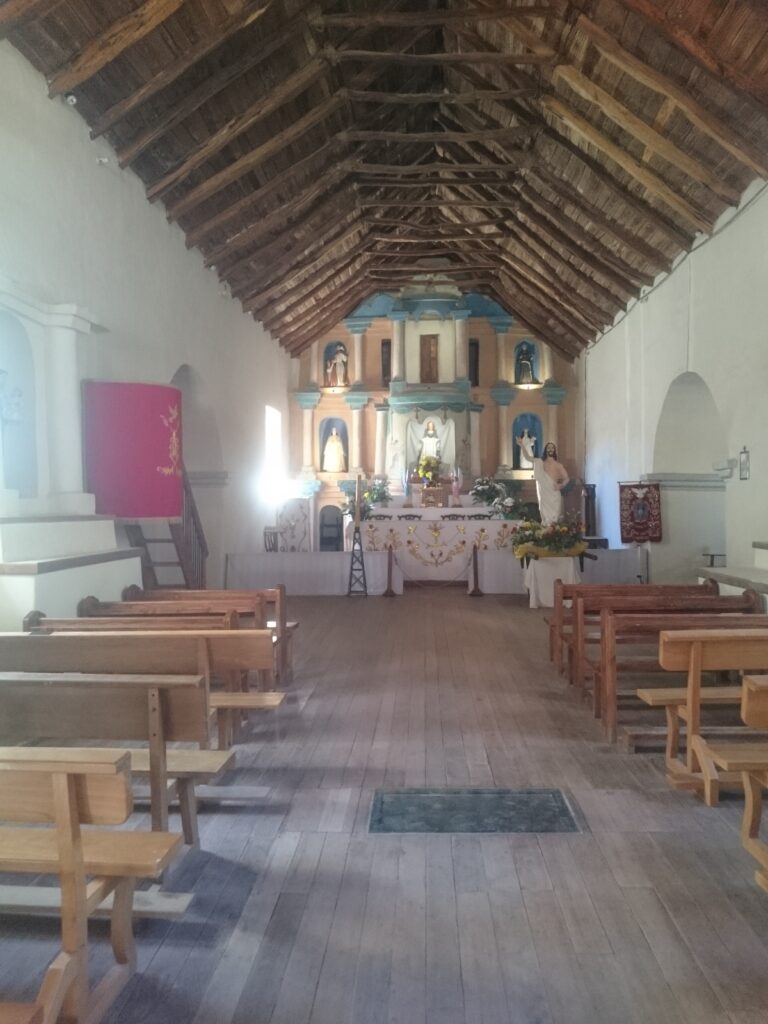

The Atacama Glass: A Meteorite’s Ancient Impact
One of the most fascinating discoveries in the Atacama Desert is the Atacama Glass, a rare type of impactite formed by a meteorite impact around 12,000 years ago. This natural wonder is scattered across the desert in fragments, created when a meteorite struck the Earth with such force that it melted the sand into glass.
Key Facts About Atacama Glass:
– Formation: The intense heat from the meteorite impact fused silica-rich sand into glass.
– Color & Texture: Ranges from green to black, with a smooth, glossy surface.
– Scientific Importance: Provides clues about ancient cosmic events and geological processes.
Seeing these glass fragments up close was a surreal experience—a reminder of the powerful forces that have shaped our planet over millennia.


Must-Visit Attractions in the Atacama Desert
Beyond San Pedro de Atacama and the Atacama Glass, the desert is home to breathtaking landscapes and unique natural phenomena. Here are some must-see spots I explored:
1. Valle de la Luna (Moon Valley)
Named for its lunar-like terrain, Valle de la Luna is a stunning expanse of salt formations, sand dunes, and jagged peaks. Watching the sunset here, with the changing colors of the landscape, was one of the highlights of my trip.
2. Geysers del Tatio
One of the highest-altitude geyser fields in the world, Geysers del Tatio erupt at dawn, creating a spectacular display of steam and boiling water against the backdrop of the Andes.
3. Salar de Atacama
This vast salt flat is home to flamingos and other wildlife, with the Chaxa Lagoon offering incredible opportunities for birdwatching and photography.
4. Laguna Cejar
A hypersaline lagoon where visitors can float effortlessly, similar to the Dead Sea. The high salt concentration makes swimming here a unique experience.
5. Rainbow Valley (Valle del Arcoíris)
A colorful geological wonder with striated hills in shades of red, green, yellow, and white, formed by mineral deposits over millions of years.

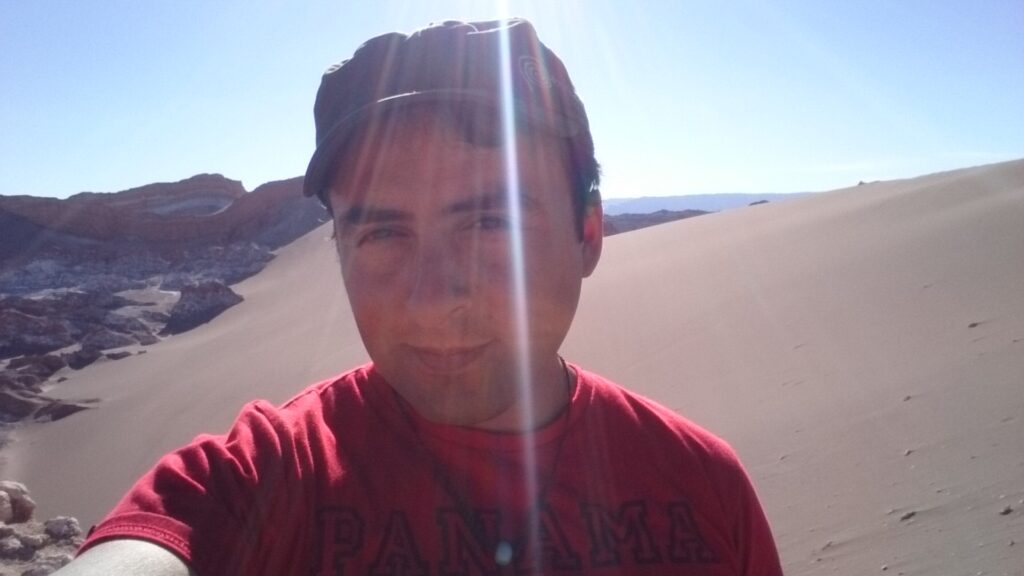
Best Time to Visit the Atacama Desert
The Atacama Desert has a year-round arid climate, but the best time to visit is during:
– Spring (September-November) & Autumn (March-May): Mild temperatures, ideal for outdoor activities.
– Winter (June-August): Cooler nights but perfect for stargazing.
Avoid peak summer (December-February) if you’re sensitive to extreme heat.
Stargazing in the Atacama: The Clearest Skies on Earth
Thanks to its low humidity, high altitude, and minimal light pollution, the Atacama Desert is one of the best places in the world for astronomy. I joined a nighttime stargazing tour, where telescopes revealed distant galaxies, nebulae, and the Milky Way in stunning detail.
Top Observatories to Visit:
– ALMA Observatory (Atacama Large Millimeter Array)
– SPACE Observatory (San Pedro de Atacama Celestial Explorations)
Local Culture & Cuisine
San Pedro de Atacama isn’t just about landscapes—it’s also a place to experience Andean culture and cuisine. Some highlights:
Traditional Dishes to Try:
– Cazuela de llama (Llama stew)
– Humitas (Steamed corn cakes)
– Pastel de quinoa (Quinoa pie)
Handicrafts & Souvenirs
Local markets sell beautiful textiles, pottery, and jewelry made by indigenous artisans.
Final Thoughts: Why You Should Visit the Atacama Desert
My journey through the Atacama Desert was nothing short of magical. From the historic charm of San Pedro de Atacama to the otherworldly landscapes and ancient meteorite glass, every moment was filled with wonder.
Whether you’re an adventurer, a history buff, or a stargazer, this destination offers something truly unique. If you’re planning a trip, be sure to explore beyond the usual spots—you never know what hidden treasures you might find in the world’s driest desert.

